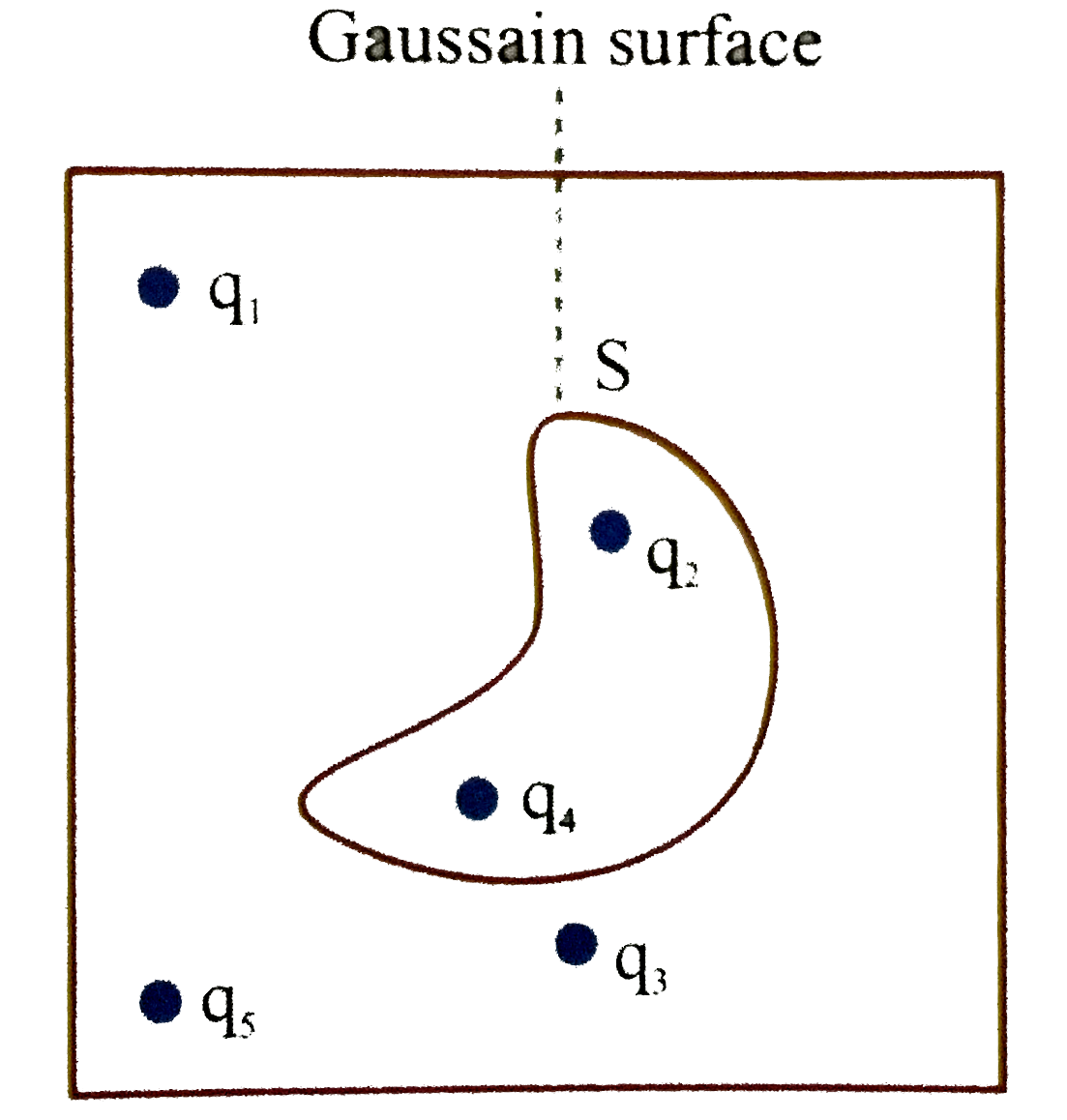For a given surface the Gauss's Law is stated as ∮E.ds=0. From this we can conclude that :
A
E is necessarily zero on the surface
B
E is perpendicular to the surface at every point
C
The total flux through the surface is zero
D
The flux is only going out of the surface
Text Solution
The correct Answer is:C
|
Similar Questions
Knowledge Check
From the passage, we can conclude that:
ANew ventures are not risky.BNew ventures are inherently risky.CFinancial investment in a new venture is always non-profitable.DConservative projection of companies' profits is suggestedGauss’s law states that
Athe total electric flux through a closed surface is 1ε0 times total charge placed near the closed surface .Bthe total electric flux thorought a colsed surface is 1ε0 times the total charge enclosed by the closed surfaceCthe total electric flux through an open surface is 1ε0 time the total charge placed near the open surface.Dthe line integral of electric field around the boundary of an open surface is 1ε0 times the total charge placed near the open surface.The surface considered for Gauss's law is called
AClosed surfaceBSphereical surfaceCGaussian surfaceDPlane surface
Gauss’s law states that
View SolutionState Gauss' law in electrostatic.
View SolutionState and prove Gauss's law in electrostatics.
View Solutionfive charge q1,q2,q3,q4and q5 are fixed at their positions as shown in figure .s is Gaussian surface .The Gauss's law is given by ∮→E.→ds=qε0

Which of the following statement is correct?
View SolutionThe surface considered for Gauss's law is called
View Solution
